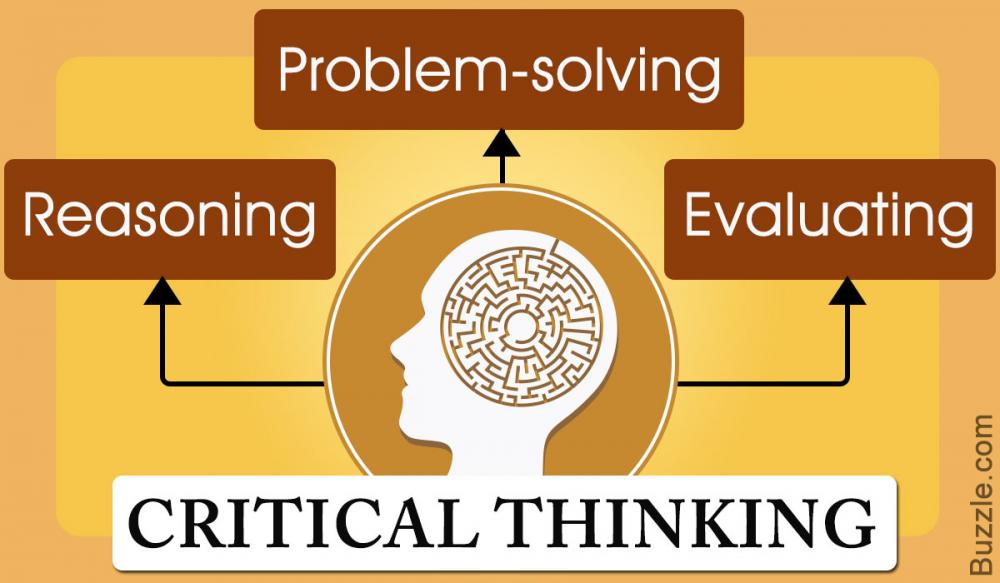Some Literacy "How To's"
In my last blog, we discussed the meaning of literacy and how it means much more than just “reading and writing”. Literacy also includes communication skills and how we use them. The ability to analyze and discuss topics is a crucial part of any student’s academic and life skills! In this article, I will briefly discuss several easy ways to help your child develop and nurture these skills.
While your child is still in PreK or just getting ready to enter Kinder
- Help them learn the alphabet and the sounds of the letters. The sooner they learn the basic alphabet and sounds the sooner they will advance to sight words and beyond. The alphabet and basic phonics sounds are keys to an early reader/writer.
- Practice with your child daily. It only takes a few minutes, but it can make a tremendous difference in their reading and writing coming into Kinder. Reading stories to your child and asking them questions about the story is excellent to develop reading, listening, and communication skills!
- Play a game where your child identifies a word that starts with a sound/letter, Cat, Hat, Bat.
Some basic ways to help your child learn to communicate better:
- PRACTICE – If you notice your child has difficulties speaking or verbalizing practice these skills at home. Ask your child questions about their day, about their teacher, about their soccer game, and then listen! Don’t be in a hurry, let them talk, even if it seems to take them forever, just be patient and listen!
- Have them write thank you notes for their gifts for birthdays, Christmas, etc., and to their coaches and teachers, when they have done something great for them.
- Practice vocabulary and learning new words constantly! Vocabulary includes all the words your child can understand, read, spell, and write. Your child will learn words directly from teachers or others who tell him the meanings of words. He will also learn words indirectly by hearing and seeing them in his environment every day.
- Don’t speak for your child! If another family member, friend, Grandparent, etc. asks your child a question, let the child answer! That seems pretty simple, but as parents, we sometimes overtake those conversations, be cognizant of this!
- Encourage your child to talk to their teachers, coaches, etc. Let your child become an advocate for themselves. We all want to protect our kids, but its important they learn to speak up for themselves and learn to ask a teacher or coach what they did wrong or what they did right!
Critical thinking and Reasoning
Many parents ask me about critical thinking skills and how they can help their children increase these skills even in the very early grades. I’ve listed a few very basic methods you can use to help improve your child’s critical thinking skills.
- Make decisions. Help your child consider the pros and cons of their decisions, but don’t be afraid to let them make a wrong choice! Their “decision muscle” will get stronger, as will their confidence! Evaluate the decision later. Ask your child, “How do you feel about your decision? What would you do differently next time?”
- Categorize and classify. Classification plays a key role in critical thinking because it requires identification and sorting according to a rule, or set of rules. The kids must understand the rules and differences, and then apply these to the classification. Be sure to follow up with questions about the similarities and differences between the categories. You can sort everything from laundry to Legos to food to promote critical thinking.
- Work in groups. In a group setting, students are exposed to different ideas and thoughts of their peers. Thus, they can begin to understand how others think and that there are many ways of approaching problems — not just one correct way.
- Ask open-ended questions. Asking questions that don’t have one right answer encourages children to respond creatively they simply can’t answer with a yes or no!
- Find patterns. Whatever you’re doing, whether it’s going to the park or watching television, encourage your child to look for patterns or make connections for critical thinking practice. For example, relate a favorite book or television program to a real-life situation. Or, while driving in the car, have your child identify different shapes in roads signs, and roofs of buildings, and type of buildings as your driving to school or running errands
- Warm Regards,
Dr. Kim



